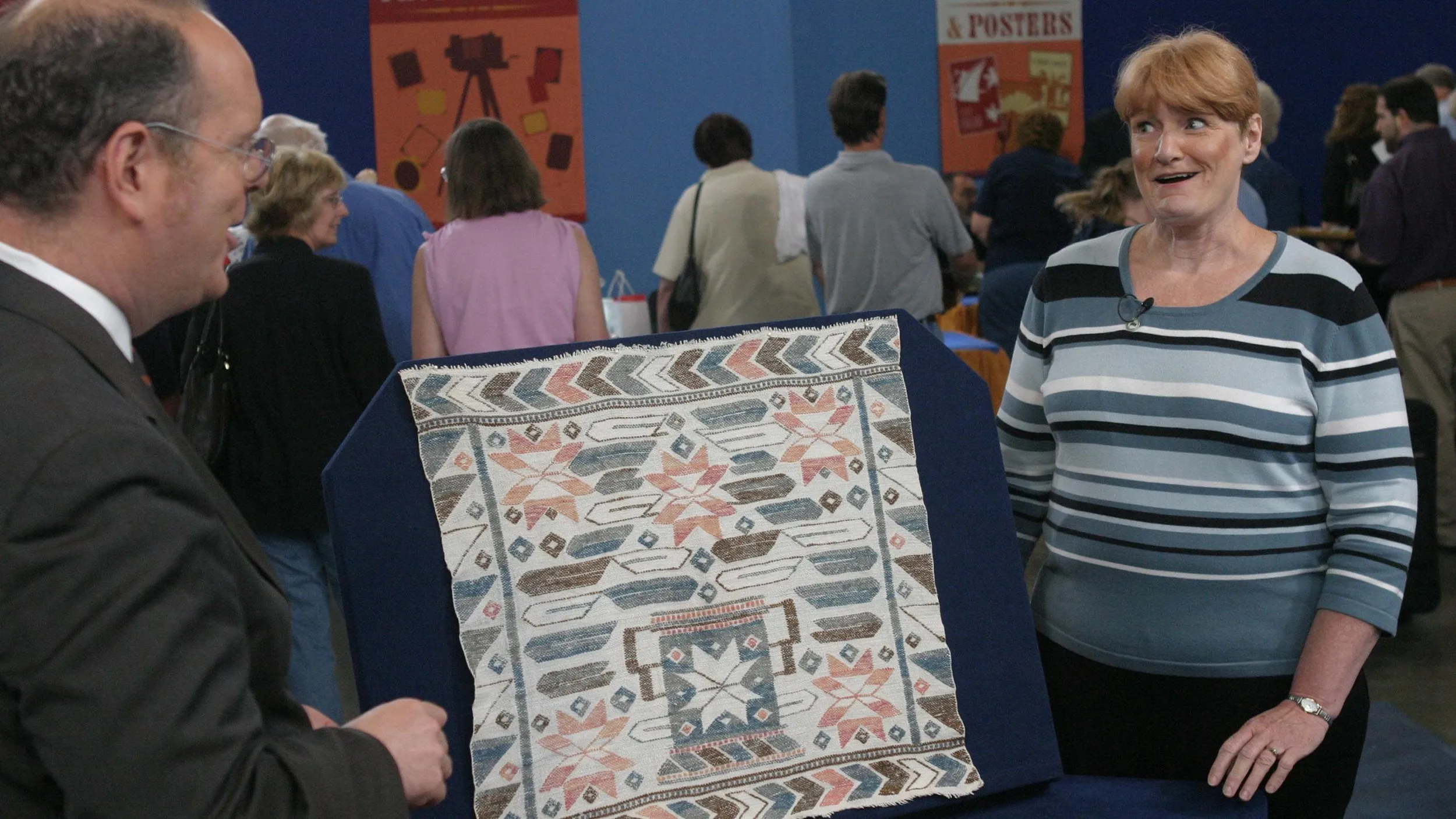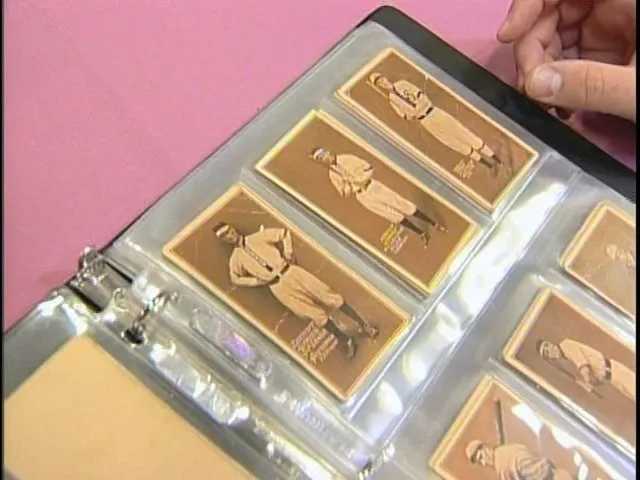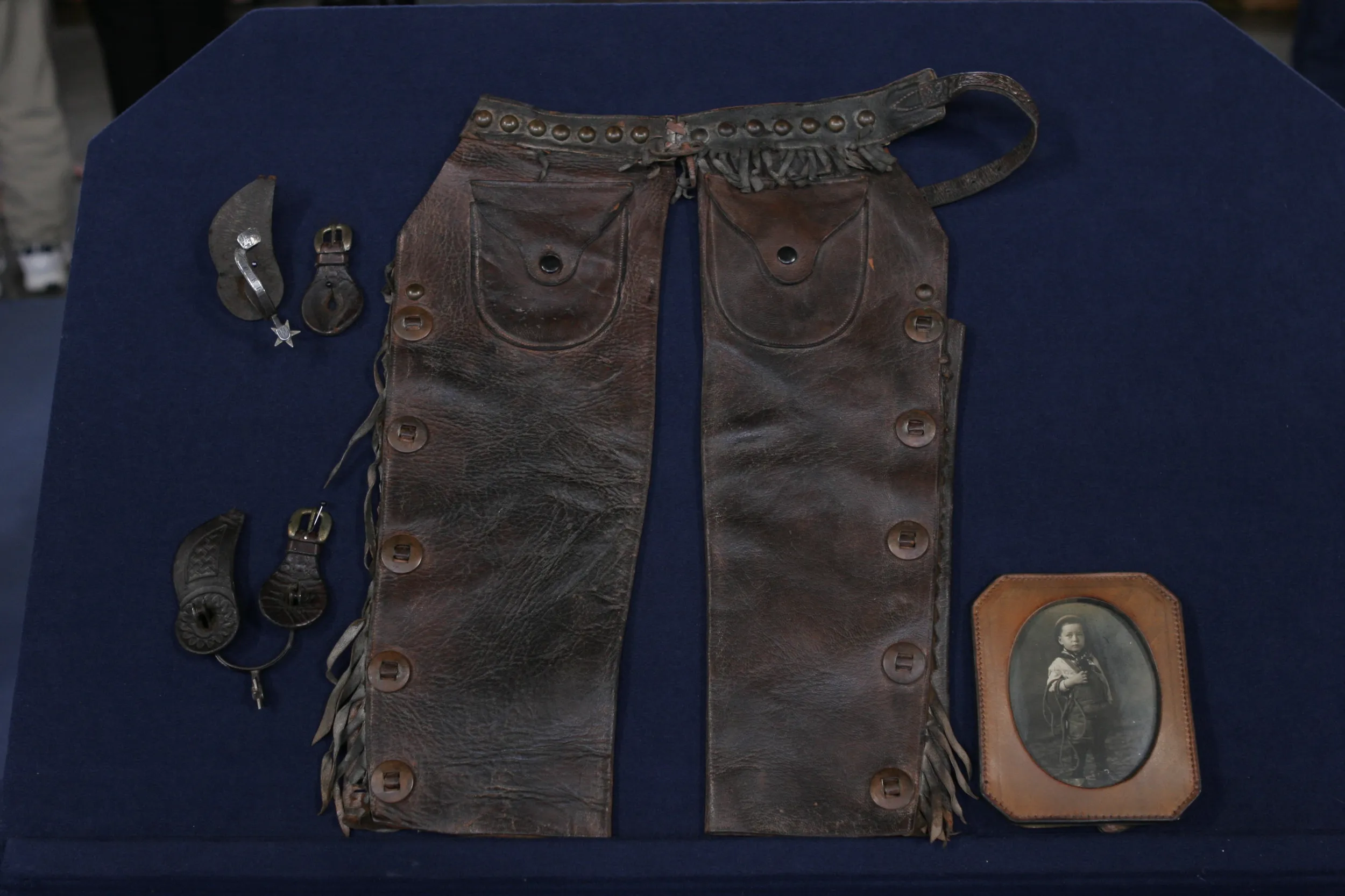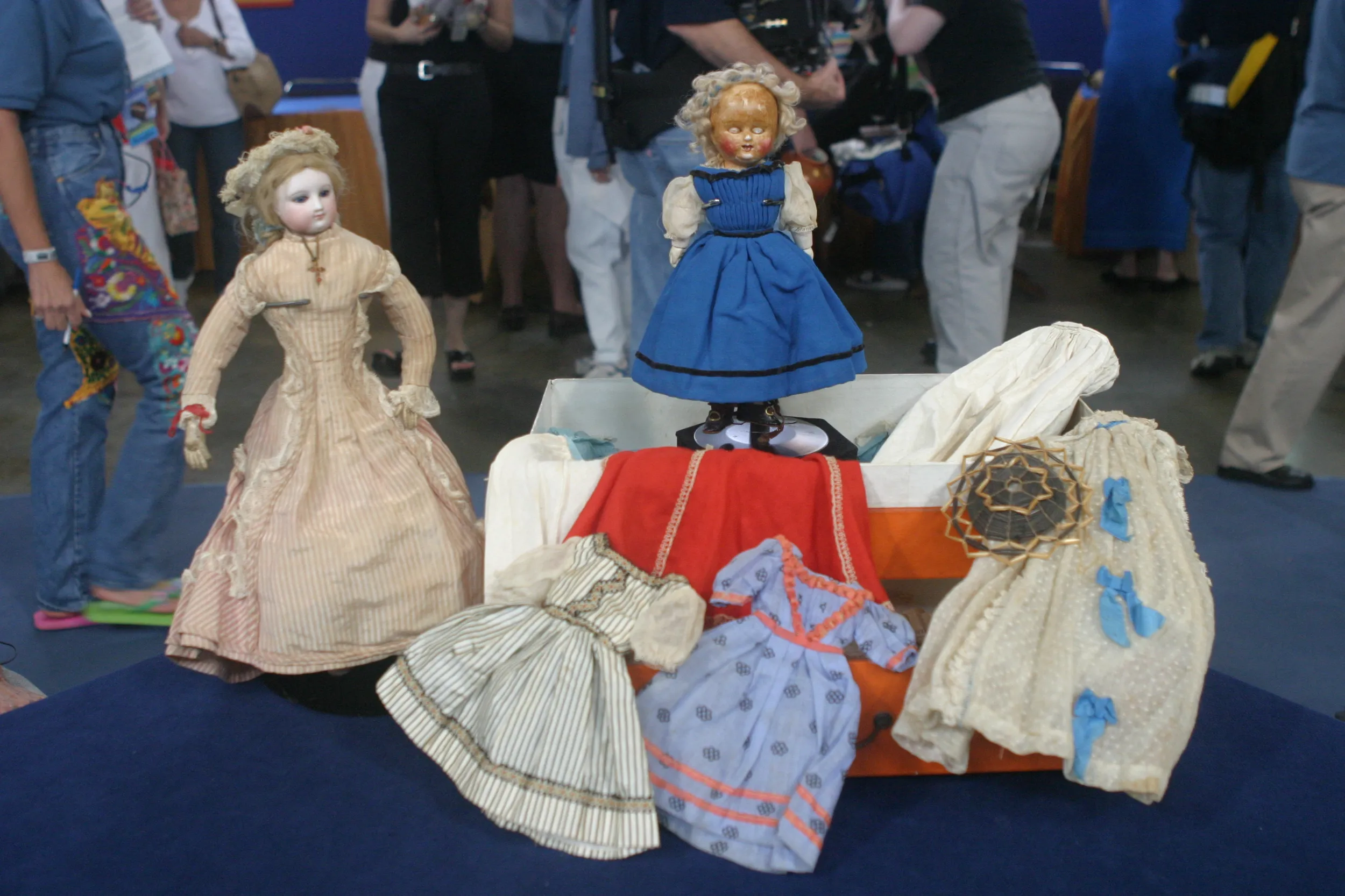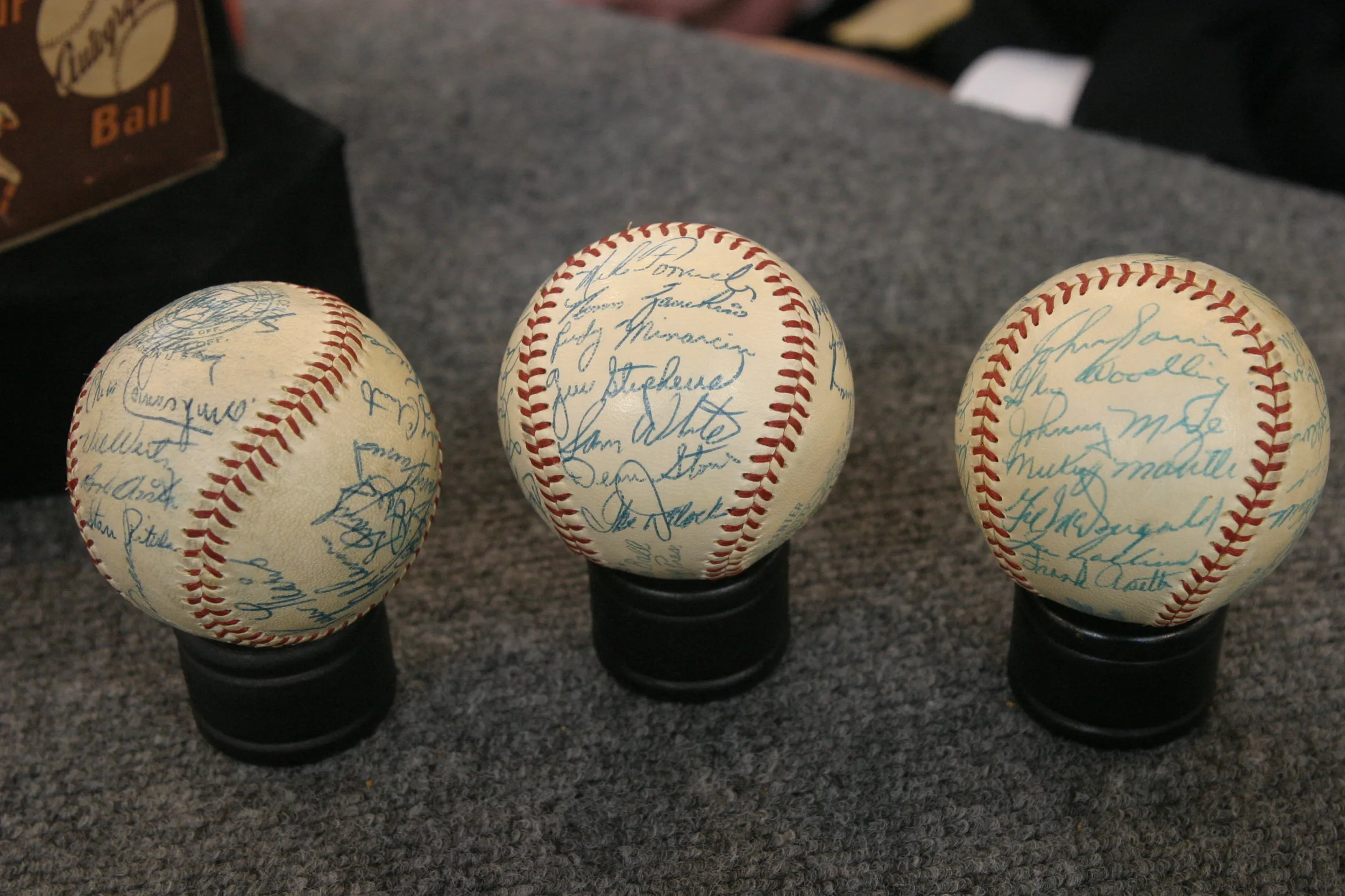GUEST: I brought a doll that belonged to my grandma. She lived in Le Mars, Iowa, and the doll came from an old woman who lived in the neighborhood. Her name was Mollie Door, so we always referred to it as Mollie's doll. Mollie was born in 1865, and it's from her childhood, we believe, and it's all the original clothes.
APPRAISER: Right, and where was she from?
GUEST: Mollie was from Galena, Illinois. Her mother was from Germany, and her father was from France.
APPRAISER: Very nice doll. It's a German china doll, completely all original ethnic clothing, original wig. Lovely, lovely face, nice shoes. It's from probably early 1850s, maybe as late as 1860. And not very many of these dolls show up. Most German chinas have molded hair, painted eyes, and normal child-type clothing. This is completely all original. It's very, very rare to find a German china with glass eyes. Some French chinas later on had glass eyes but not German chinas. Another rarity on this doll, this doll's eyes actually sleep. If you turn her around here, her eyes move. She's got a leather body, wooden arms and legs. And did you ever have her valued at all?
GUEST: Grandma had her appraised in the 1960s, and they wanted to offer her, like, $400 for it.
APPRAISER: Okay, $400 in the '60s was, you know, quite a lot of money. Dolls were bringing $100, $200, $300, so somebody was probably being very fair then. On today's market, she's gone up a little bit. I mean, the last one I saw like this, much smaller, sold for $4,000. Yours is probably in the $4,000, on maybe a really good day, maybe up to $6,000.
GUEST: Wow.
APPRAISER: Lovely little blanket-- now, what's with the blanket?
GUEST: It was just one of her doll blankets that I wrapped it in.
APPRAISER: Okay, so it's sort of, beautiful early American blanket, from again, the 1860 period.
GUEST: Oh, really?
APPRAISER: And the value of that is probably $200, $300.
GUEST: Oh, really?

